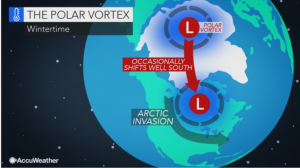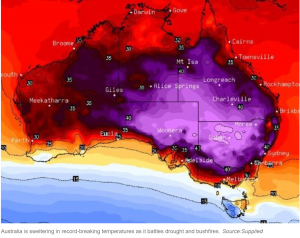As medical technology make advances and quality of life improves, it has become increasingly common for us to know of someone who has experienced cancer. But if our way of life today is better than it was fifty years ago, why do we hear more about cancer now than before?
To understand why, we should first understand what cancer is and a bit about our bodies. Inside our bodies we have trillions of cells, and every day billions of them die and get replaced through mitosis (a process that splits one cell into two identical cells). Due to the number of times that cells go through mitosis, it’s almost impossible to avoid making a mutation – a mistake in copying (think about your own repetitive experiences). Of course, the body has mechanisms to fix the mutations, and most mutations are harmless anyway, but sometimes the mechanism will miss one. Eventually, over a long enough period of time, the body will miss a mutation that is capable of causing a lethal form of cancer.
So, we learned that if we live long enough, we can’t escape cancer but what is it? Cancer is a general term for more specific diseases, but we just call them cancer because they share a common similarity. Normal cells will go through a death-rebirth cycle, but cancer cells are dysfunctional cells that don’t have the death signal. Instead, the cancer cells just keep dividing, taking away nutrients from the surrounding functioning cells. When a tumour (large lump of cancer cells) form, cancer can also metastasize. This is when part of the tumour breaks off and travels to another part of the body, forming a new cancer site. Cancer is dangerous because if there are not enough functioning cells, the result can be fatal.
Why has cancer become so prominent? We mentioned earlier that we increase our chance of developing cancer over time; cancer is a function of age. Well, fifty years ago, people were more likely to die at younger ages due to injury or other diseases. With new medical advances we have increased our average life span, and have thus increased our chance of developing cancer.
Although researchers have been working towards a cure for cancer, there has been no definitive success yet. However, Dr. Martial Guillaud, a senior cancer researcher at the BC Cancer Research Centre, and his team have just made a strong contribution to cancer research. They have developed a new imaging technique called Hyperspectral Imaging technique that will give medical practitioners accurate information in a short time frame. One benefit to the new imaging technique is that it can predict whether or not a patient will respond to immunotherapy – a treatment that uses your own body to fight against cancer. To gain a better understanding of the research take a look at our video describing the technology and demonstrating the imaging analysis, as well as a listen to our podcast highlighting how the imaging system is supposed to help doctors.
Podcast sound track from CCCM Labs.
Group 3: Simrat Chahal, Cindy San, Eurwin Szeto, Justin Wong




